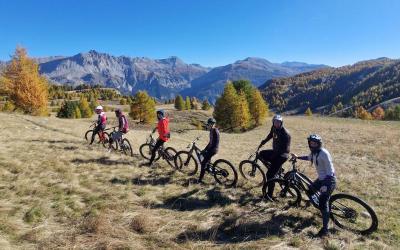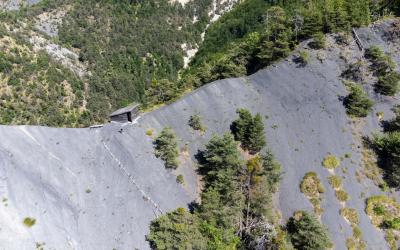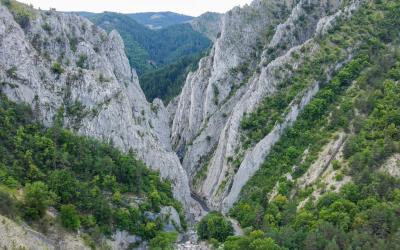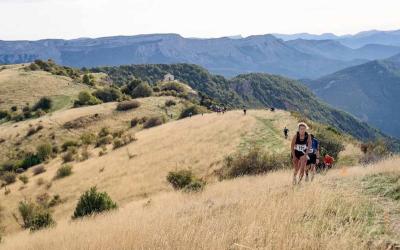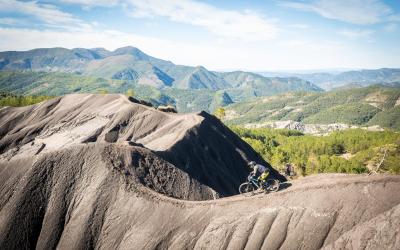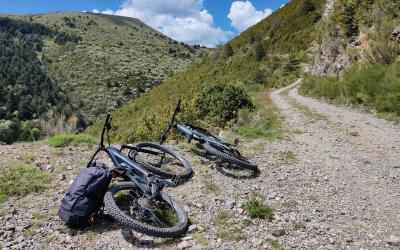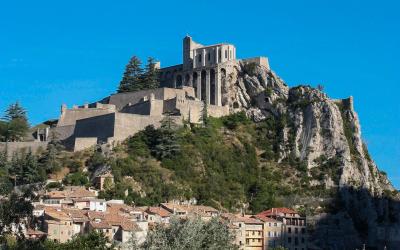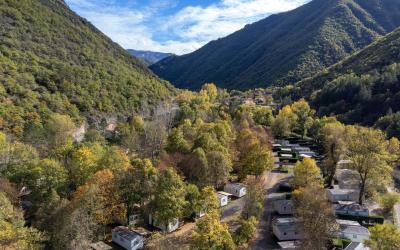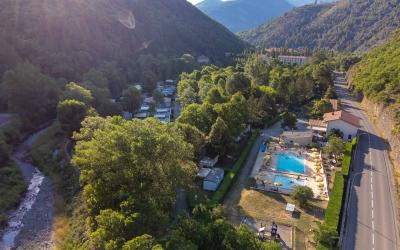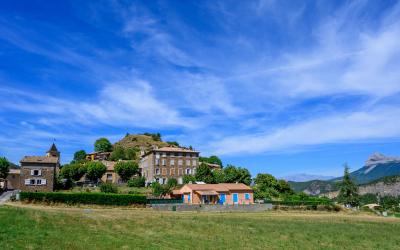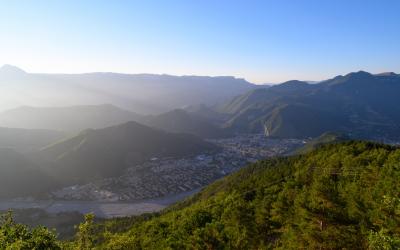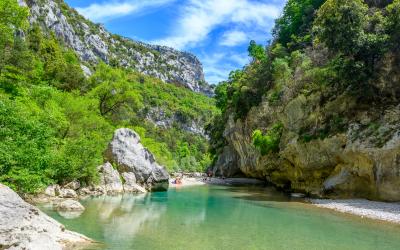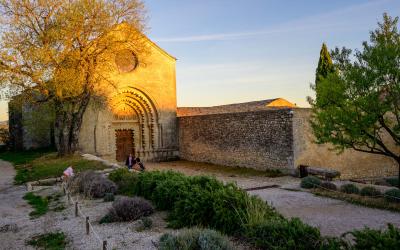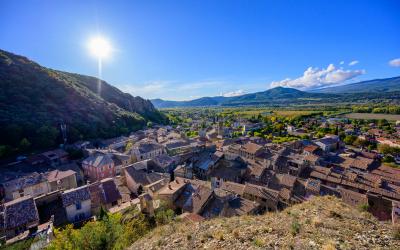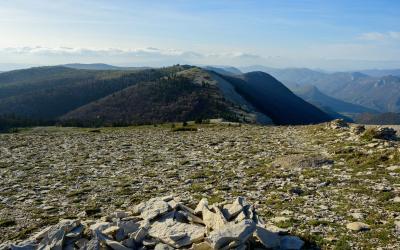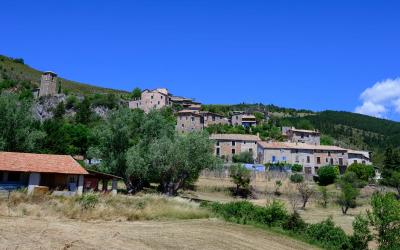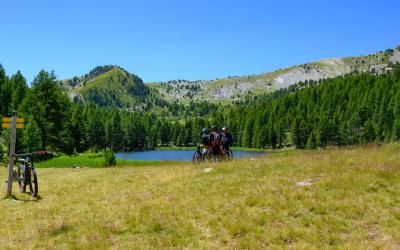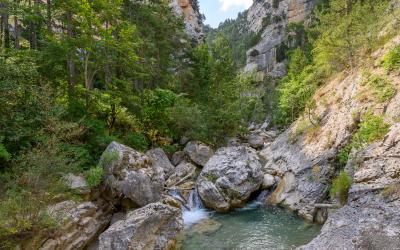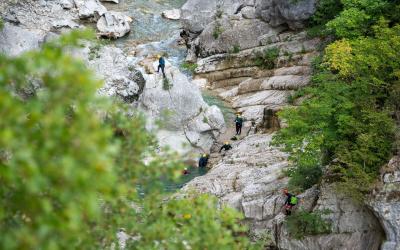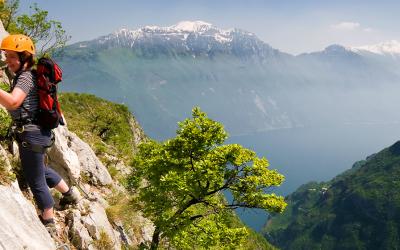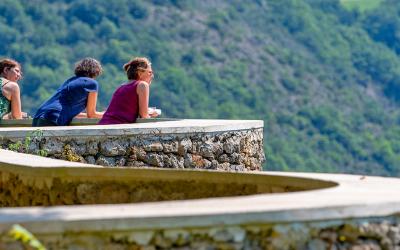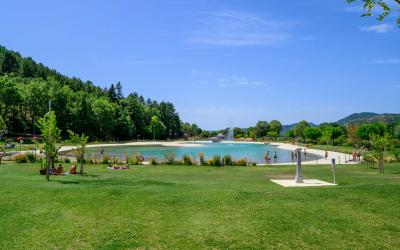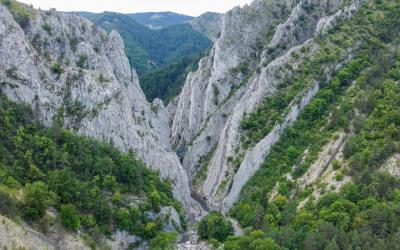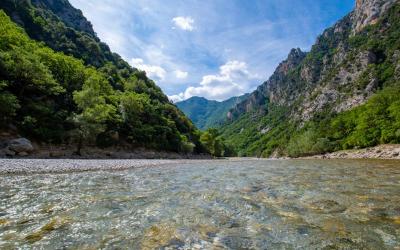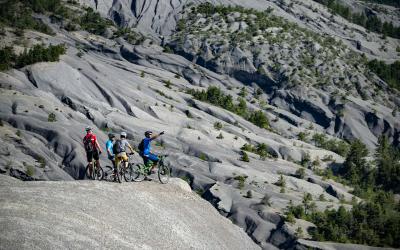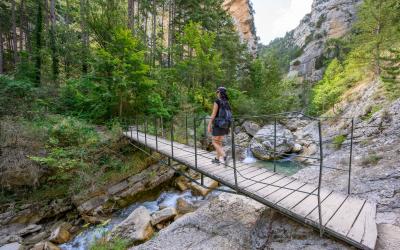The Promenade Museum Discover the Unesco Geopark
The Haute-Provence Geopark
The Haute-Provence Geopark is a natural park located in the Provence-Alpes-Côte d'Azur region, in southeastern France. It was created in 2015 and covers an area of over 1,800 km².
The Haute-Provence Geopark was established to protect and showcase the geological treasures of the region. Composed of diverse landscapes, exploring the Geopark means climbing mountains, crossing plains, hiking through gorges carved over millions of years by rivers, and strolling across plateaus. The region's remarkable geological formations offer discoveries of marine fossils millions of years old, extinct volcanoes, karst formations, and canyons—an awe-inspiring experience guaranteed.
The park offers many activities to explore these treasures, including geological hikes, guided tours of geological sites, children's workshops, and cultural events. Visitors can also enjoy the region's natural beauty by hiking, mountain biking, rock climbing, and various other outdoor activities.
The Haute-Provence Geopark is also involved in sustainable development initiatives, working with local communities to promote eco-friendly practices and support environmental preservation projects.
In summary, the Haute-Provence Geopark is a natural park that protects and highlights the geological riches of the region. It offers a wide range of activities to discover these wonders and is committed to sustainability efforts to preserve the local environment.

The Musée-Promenade of Digne-les-Bains
The Musée-Promenade is the interpretation center of the UNESCO Haute-Provence Geopark. It is a space where Art, Nature, and History come together. Shaded by trees, along streams and under waterfalls, the park is a lovely place to stroll and enjoy beautiful summer days.
Visit the Musée-Promenade, the Maison des Remparts, and its exhibition rooms
Through its various exhibition rooms, the museum takes you on a journey through time and space.
Fossils in the Alpes-de-Haute-Provence
Through an illustration of the last 300 million years in our region, you will discover the various fossilized animal species found here. The reconstruction of an ichthyosaur skeleton and its life-sized representation will transport you to the seas of the Mesozoic Era.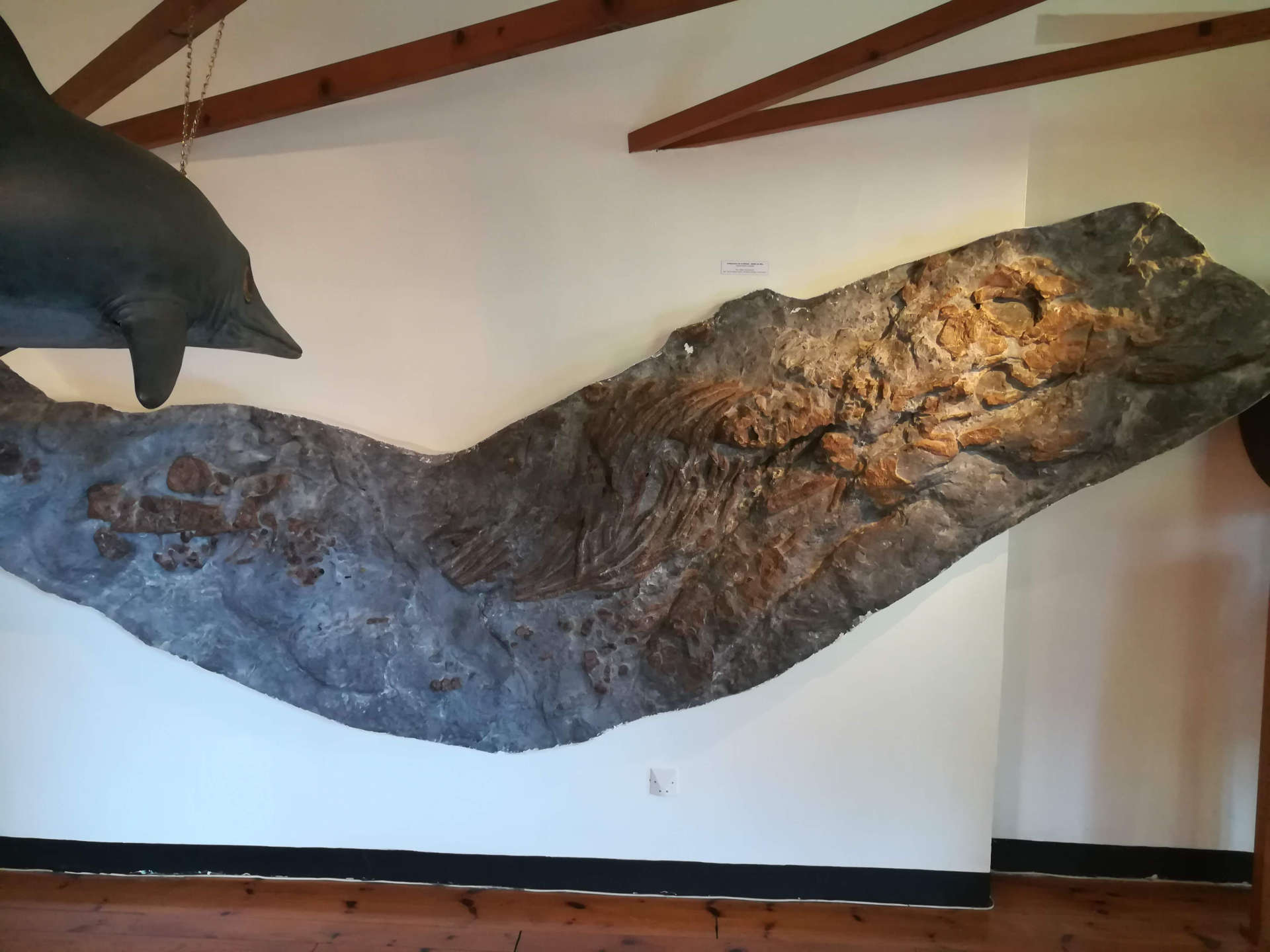
The regional ammonite collection
In the Cretaceous period, between 135 and 94 million years ago, one of the most emblematic animals of the Haute-Provence Geopark lived: the ammonite. In a play of light and shadow, this room showcases exceptional paleontological specimens.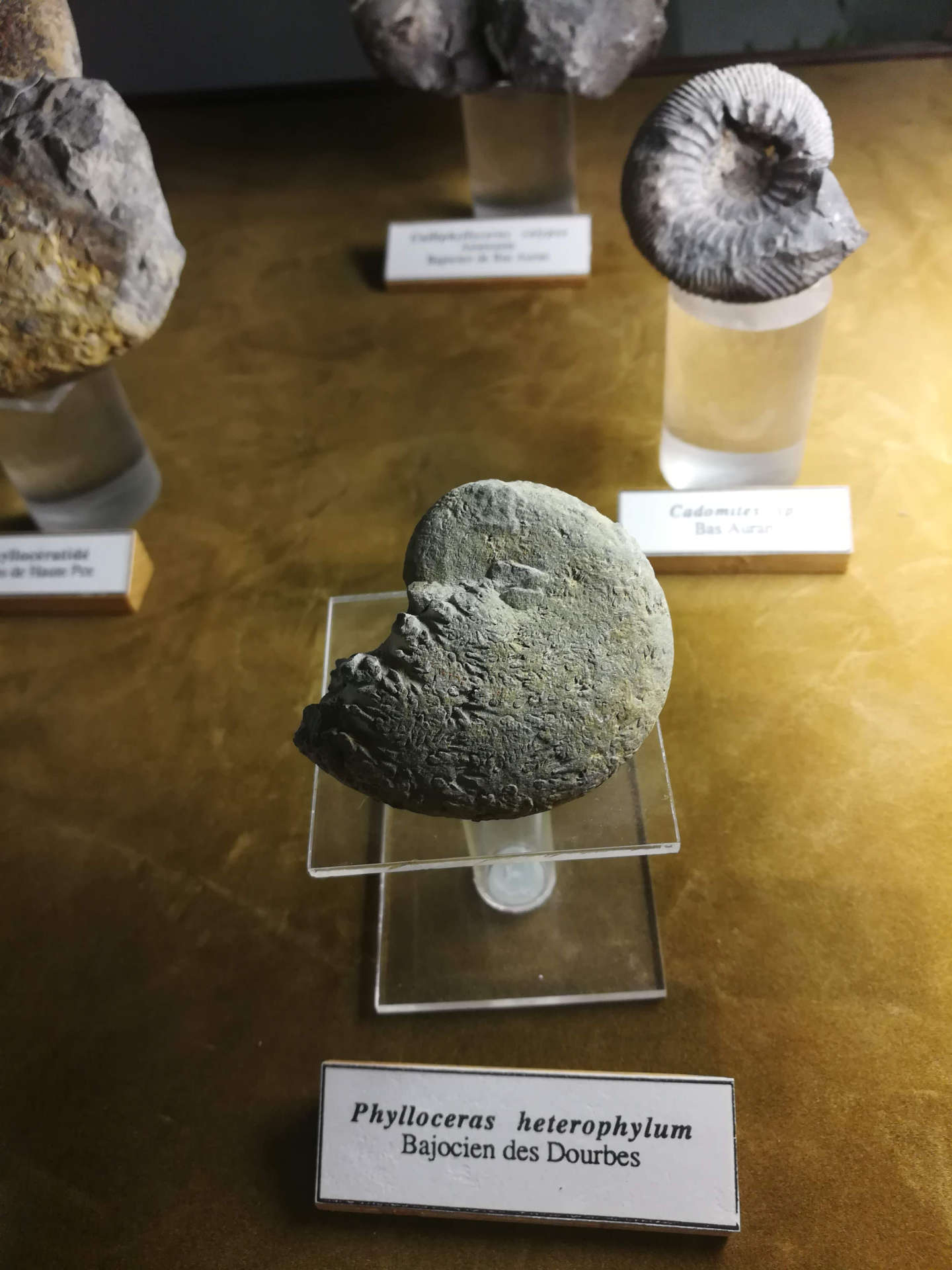
The aquariums
In this tour of twelve aquariums, corals and sponges accompany nautiluses, horseshoe crabs, and other tropical fish. The nautilus, a current relative of the ammonites that disappeared 65 million years ago, serves as a reminder of the history of life on Earth.
The Cosmonite's spaceship
Through a visit to an imaginary universe, travel back in time and discover how previous generations interpreted the appearance of fossilized marine animals in the mountains.
The park, its trails, gardens, and contemporary art installations
The butterfly garden
Water from the Saint-Benoît spring combined with a specific climate makes the Musée-Promenade park a hotspot of biodiversity. From April to September, around a hundred native butterfly species fly and pollinate the carefully selected plants of the park. A colorful spectacle that will delight both young and old.
The Kamaïshi Garden
This Japanese garden was created in partnership with the city of Kamaishi, twinned with Digne-les-Bains, Japan. It symbolizes the journey of life and is visited from bottom to top, with the bridge marking the passage to the spirit world.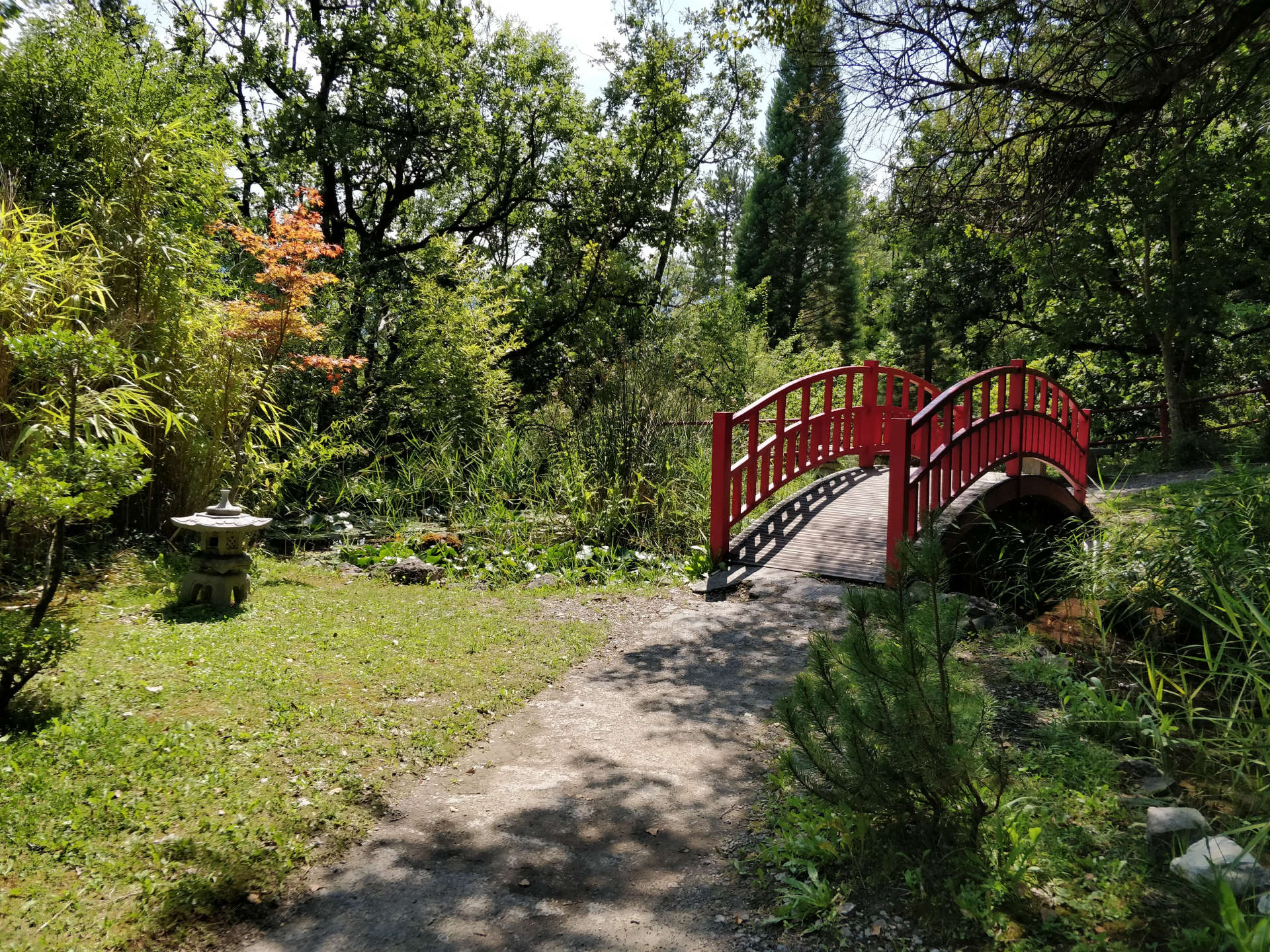
The Saint-Benoît spring and the waterfall
The spring slowly deposits its limestone along its path to form tufa, a characteristic moss-covered rock that gives the park's waterfall its natural work-of-art appearance.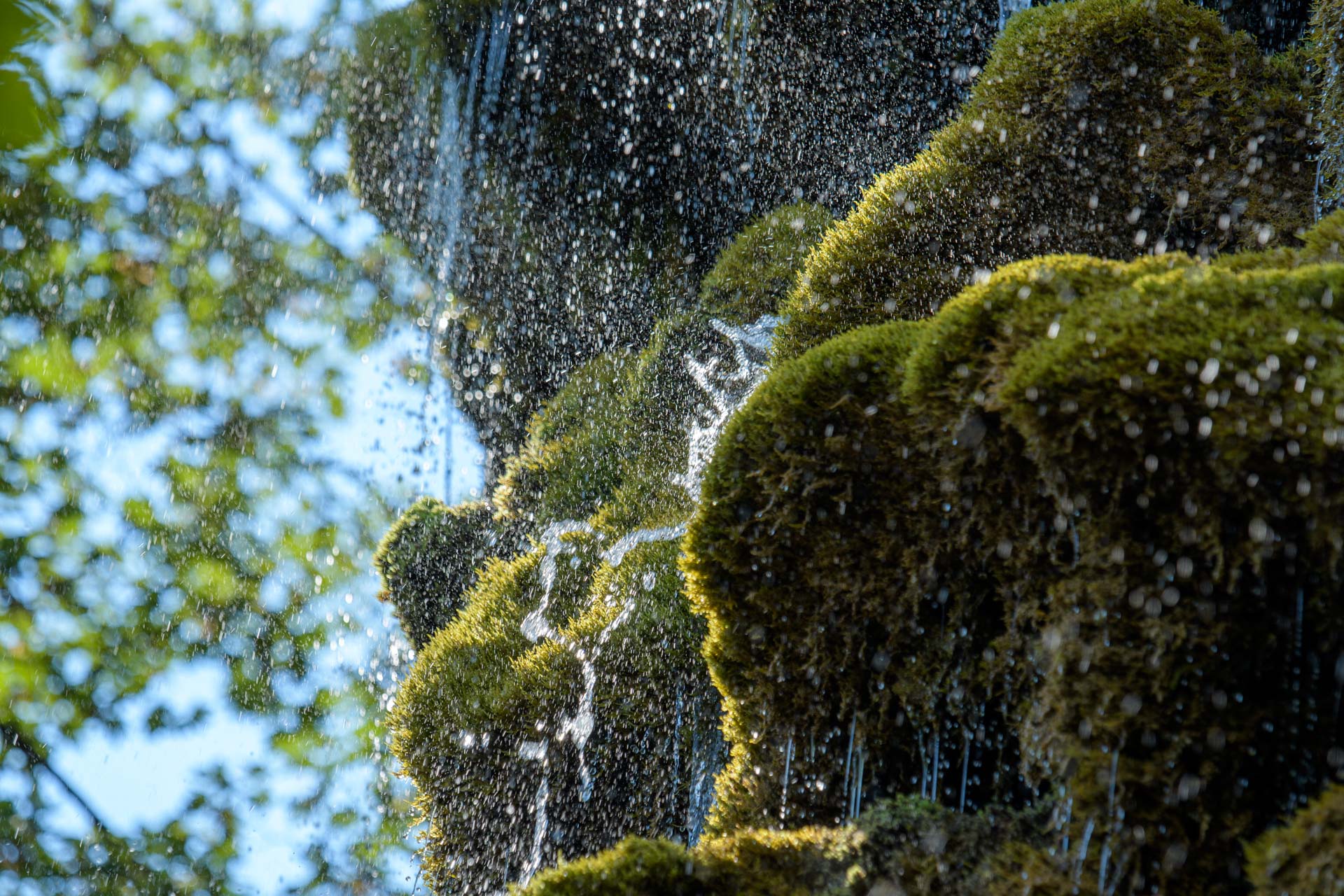
Learn more
The Haute-Provence GeoparkDigne-les-Bains Tourism


